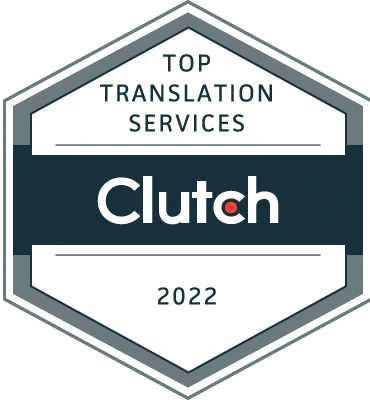Since COVID-19 began spreading globally in 2020, the impact on the medical translation industry has been significant. As the virus spread rapidly around the world, new information and discoveries about the virus and its treatment became a critical resource for healthcare professionals. As a result, the demand for accurate and reliable medical translations increased at the same pace as the need for new knowledge, tools and technologies to cope with the pandemic.
New medical terminology to be translated
One of the biggest challenges faced by medical translators during the pandemic was the rapid change in terminology and the need to constantly update information. As the pandemic progressed, new treatments were discovered, new vaccines were developed, and daily status updates were generated. This meant that translators had to be able to adapt to evolving language and terminology in real time.
The International Association of Translators in Medicine and Allied Sciences (Tremedica), for example, published a medical glossary on COVID-19 to help medical professionals and translators understand and use medical terminology related to the virus. “Coronavirus”, “social distancing”, “PCR”, “quarantine”, “strains” or “herd immunity” are some of the terms that not only took on significance in the medical sector but also became popular throughout society.
In addition, medical professionals and patients around the world suddenly needed more access than ever to accurate and up-to-date information about the disease in their own language. Thus, the need to translate information about the pandemic became vital.
Further research on the pandemic
Another major change that occurred in medical translation during the pandemic was the increasing need for high quality translations of documents related to medical research.
As scientists around the world worked to discover more about the virus, the number of medical studies, reports and articles in scientific journals multiplied in dissimilar but interconnected fields such as virology, epidemiology or pulmonology.
Medical translators played a fundamental role as connections in the translation of these documents so that they could be available in different languages, accessible to a scientific community that strengthened ties for a global collaboration.
Machine translation and new technologies in the medical field
The pandemic also accelerated the adoption of new technologies in the medical field to combat the virus and improve medical care. Directly or indirectly, the field of medical translation was also involved in this aspect.
Telemedicine, with online medical care to patients to decrease the risk of COVID-19 spread, became a common form of healthcare service. Contact-tracking technology began to be used to track the spread of the virus and notify people who may have been exposed to the virus. Artificial intelligence was used to analyze large data sets to predict the spread of the virus, identify patterns of infection, and develop new therapies and treatments.
These new devices required robots and machine translation tools to ensure greater efficiency and speed in translation and thus better communication and responsiveness to healthcare professionals and patients around the world.
Quality medical translation is needed more than ever before
Despite all these changes, one thing has not changed in the world of medical translation during the pandemic: the need for accuracy and reliability. It is vital that medical translators have a thorough knowledge of medical terminology, grammar and culture to ensure that translations are accurate and understandable to healthcare professionals and patients.
COVID-19 has had a significant impact on the medical translation industry, from the need to constantly update terminology to the increasing demand for translations in different languages. As the pandemic continues, the importance of medical translation will only increase, and medical translators will need to continue to adapt and update their knowledge and skills to ensure they are up to the challenges ahead.
Ultimately, the pandemic has demonstrated the value of medical translation and driven the development of new technologies and tools to improve the efficiency and accuracy of translations. The medical translation industry will continue to evolve as the needs and demands of medical professionals and patients change. But one thing is certain: medical translation will continue to be a key factor in the fight against disease and the promotion of global health.
If you have a query about the translation of your medical reports, research, package inserts or clinical trial results, please consult our services for the medical field.



